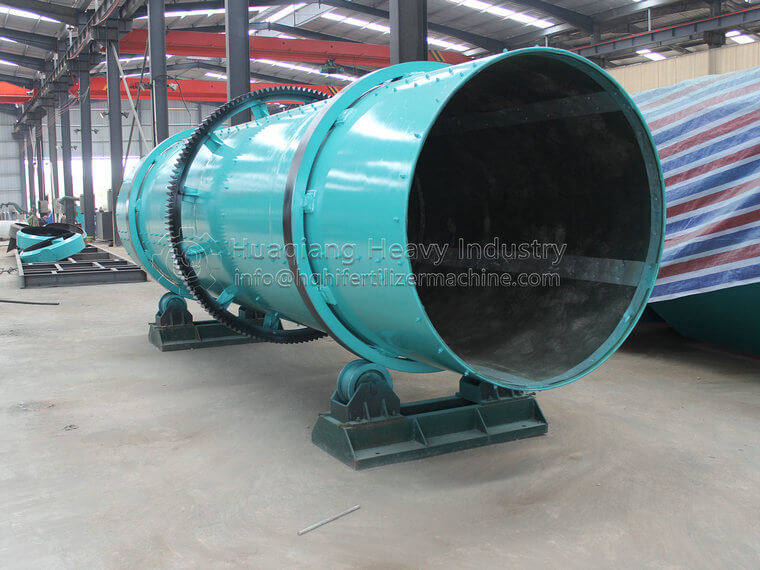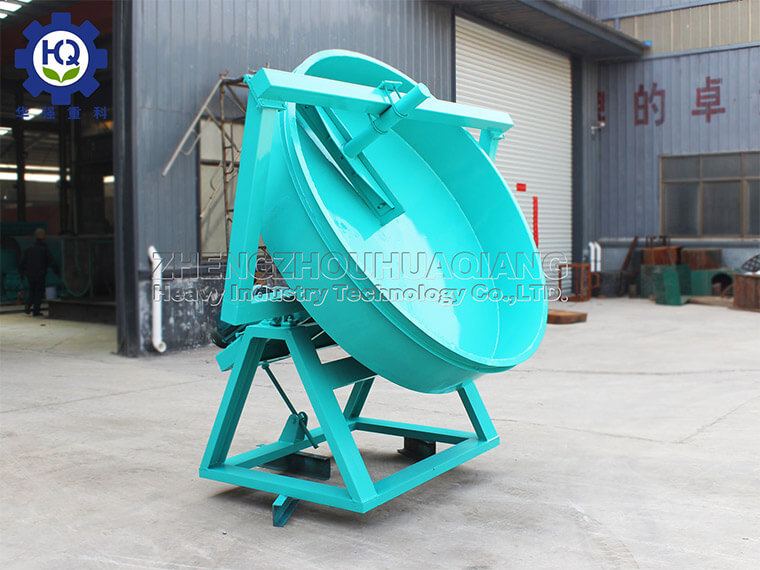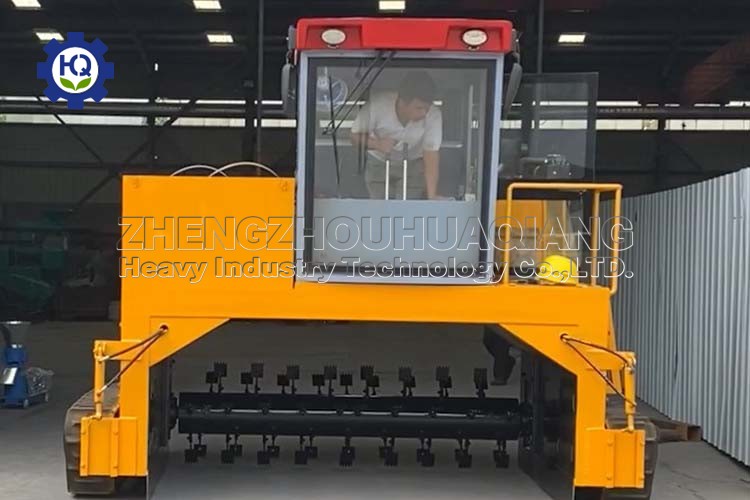The drum granulator is a kind of granulating equipment commonly used in the production of compound fertilizer, Manure, biological fertilizer, controlled release fertilizer and other fertilizers. It is suitable for cold and hot granulation and large-scale production of high, medium and low concentration compound fertilizers. The main working method is wet granulation of pellets. By using a certain amount of water or steam, the basic fertilizer is humidified in the cylinder and undergoes a thorough chemical reaction. Under certain liquid phase conditions, with the help of the rotational motion of the cylinder, the material particles are squeezed and agglomerated into balls.
The drum granulator of the compound fertilizer equipment adopts a special rubber plate lining or acid resistant stainless steel lining plate to achieve automatic scar removal and tumor removal, eliminating the traditional scraper device.
This machine has the characteristics of high ball forming strength, good appearance quality, corrosion resistance, wear resistance, low energy consumption, long service life, and convenient operation and maintenance. A drum type granulator, in which steam, gas ammonia, or phosphoric acid or nitrogen solution, phosphorus ammonia slurry, and heavy calcium slurry are introduced to complete the chemical reaction and heating process of compound fertilizer granulation in the cylinder; Alternatively, in the cold granulation process of adding a small amount of water to the compound fertilizer, the materials that need to be granulated are rotated through the cylinder, causing rolling rotation when there is no material in the cylinder, and then agglomerated into balls at a certain humidity and temperature to complete the granulation process.
Characteristics of compound fertilizer equipment drum granulator:
1. The ball forming rate reaches 70%, the ball forming strength is high, there is a small amount of returned material, and the particle size of the returned material is small, which can be re granulated;
2. Inject steam for heating, increase the temperature of the material, reduce the moisture content of the material after balling, and improve the drying efficiency;
3. The cylinder of the machine is lined with special rubber plates or acid resistant stainless steel plates, which are corrosion-resistant and wear-resistant. At the same time, it achieves automatic scar removal and tumor removal, eliminating the traditional scraper device.
The process of this equipment is to quantitatively add evenly mixed raw materials according to the formula into a rotary drum granulator, while injecting steam, to complete the chemical reaction of the composite fertilizer granulation process in the continuous rotation of the drum. It can also be applied to the cold water granulation of composite fertilizer with added water humidification, and is currently a relatively advanced composite fertilizer granulation equipment.


.jpg)





